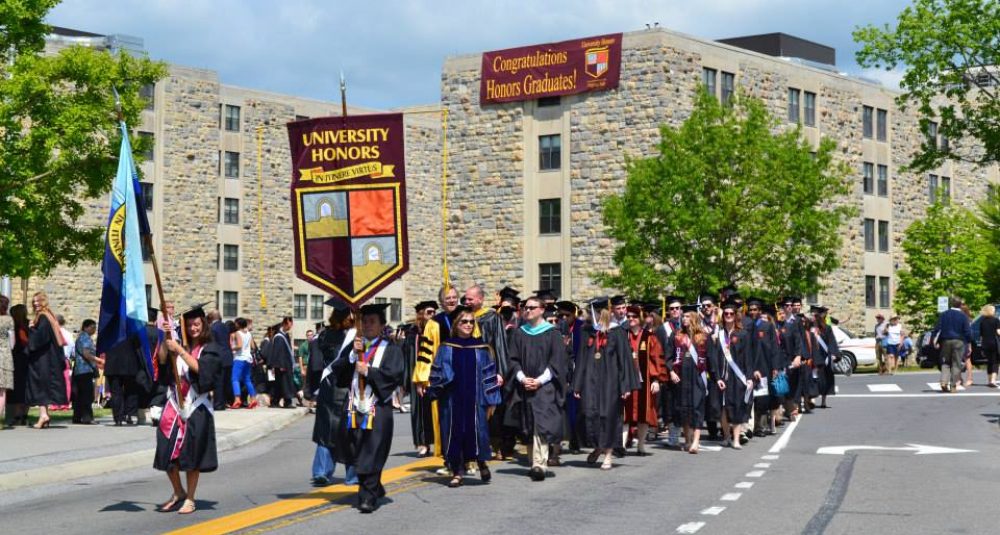The University of California, Berkeley, and the University of Texas at Austin lead public universities in the number of National Science Foundation Graduate Research Fellowships awarded in the last two years, with UC Berkeley far in front. The University of Michigan and the University of Washington lead public universities in Fulbright Student Awards.
NSF fellowships are for research in science, engineering, and the social sciences. Fulbright scholarships are for work in foreign countries and cover a broader range of disciplines.
In this post, we are not limiting our report to the 50 universities we follow, but will list awards for all leading public universities, including the University of California, Berkeley.
A more detailed discussion of these awards and the relative performance of public and private universities will appear as a separate page on the home menu.
Leaders in NSF Awards:
1. UC Berkeley
2. UT Austin
3. Washington
4. Georgia Tech
5. Michigan
6. Wisconsin
7. Florida
7. Illinois
9. UCLA
10. Maryland
11. UC Davis
12. Arizona
12. UC San Diego
14. Minnesota
15. Ohio State
Leaders in Fulbright Student Awards
1. Michigan
2. Washington
3. Arizona State
4. North Carolina
5. UC Berkeley
6. Maryland
6. Rutgers
8. Arizona
9. Illinois
10. Pitt
11. Wisconsin
12. UCLA
13. Minnesota
14. Georgia
14. Kansas

